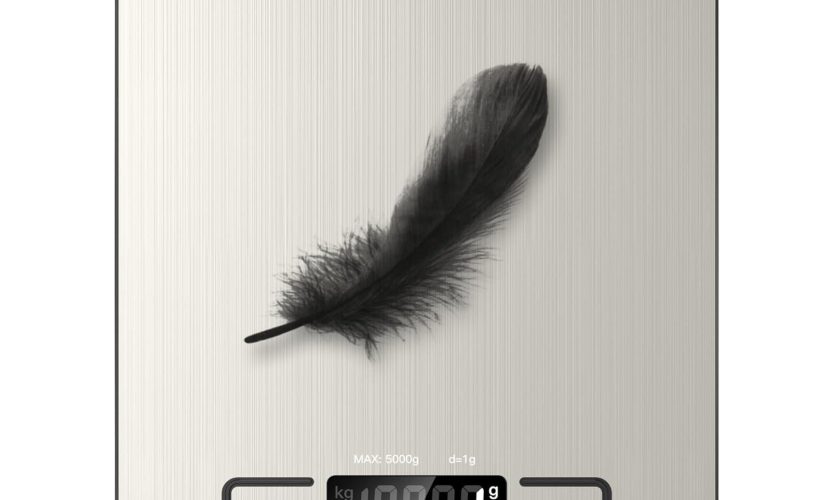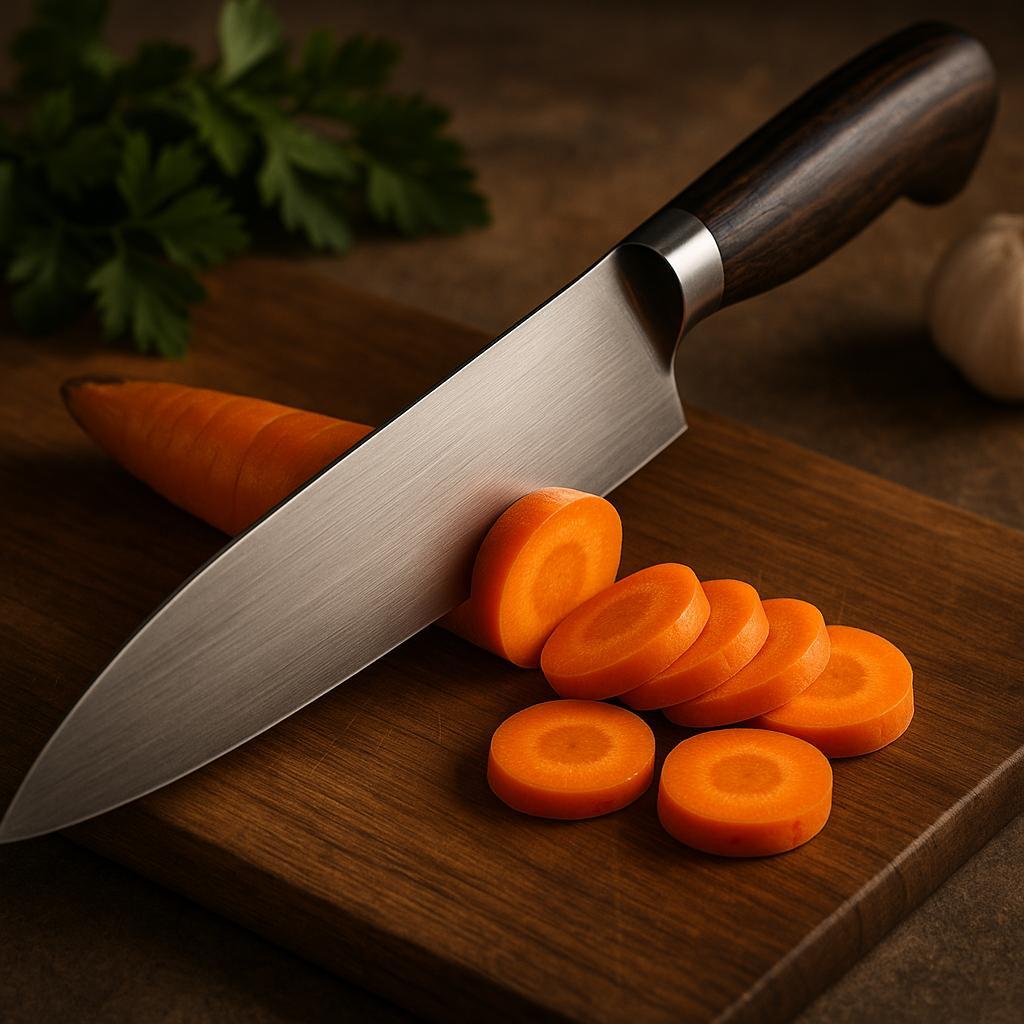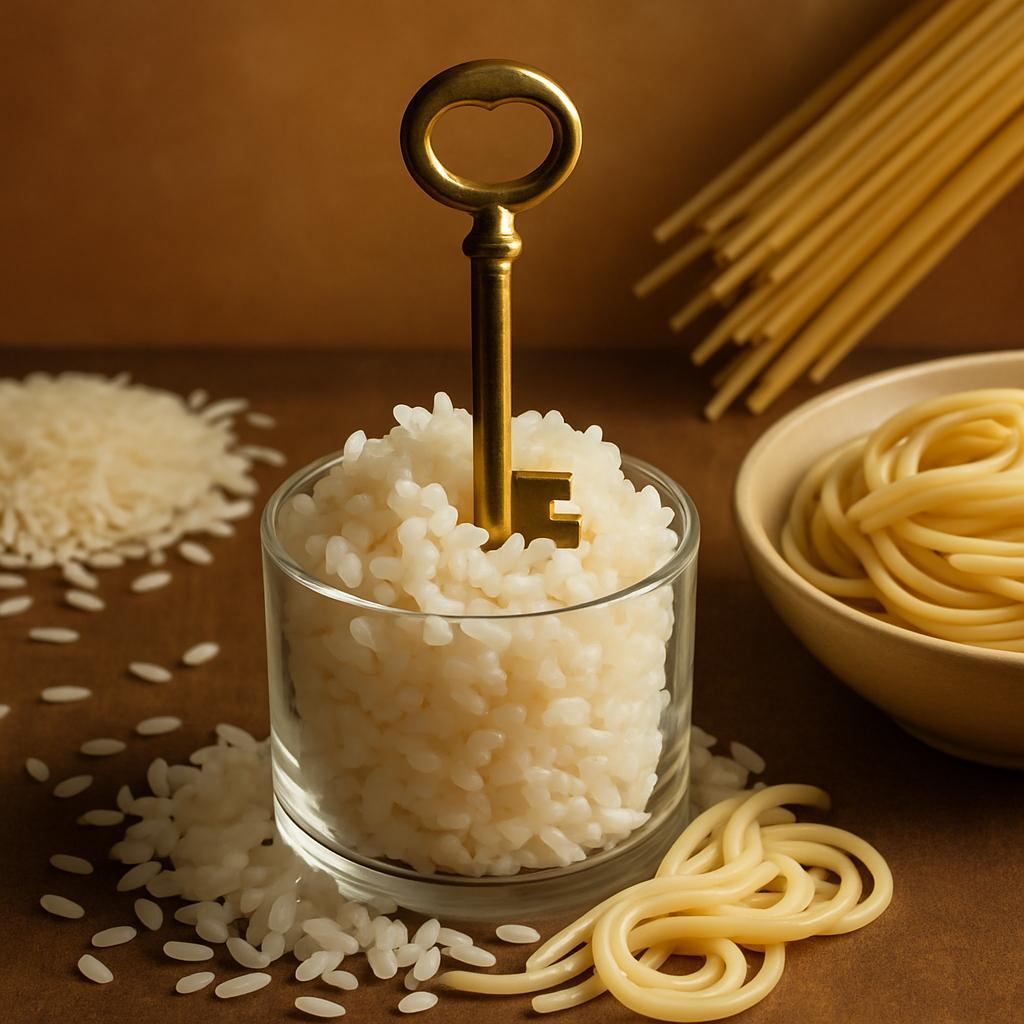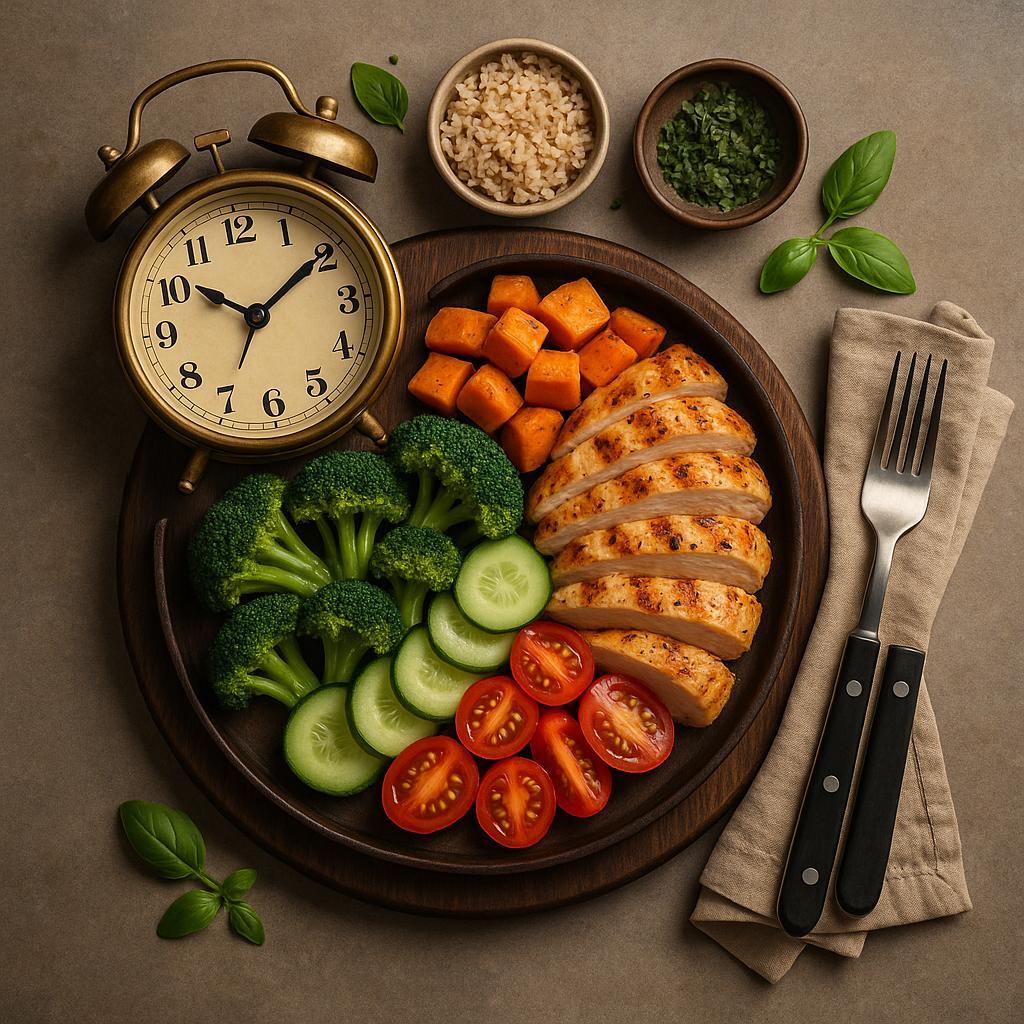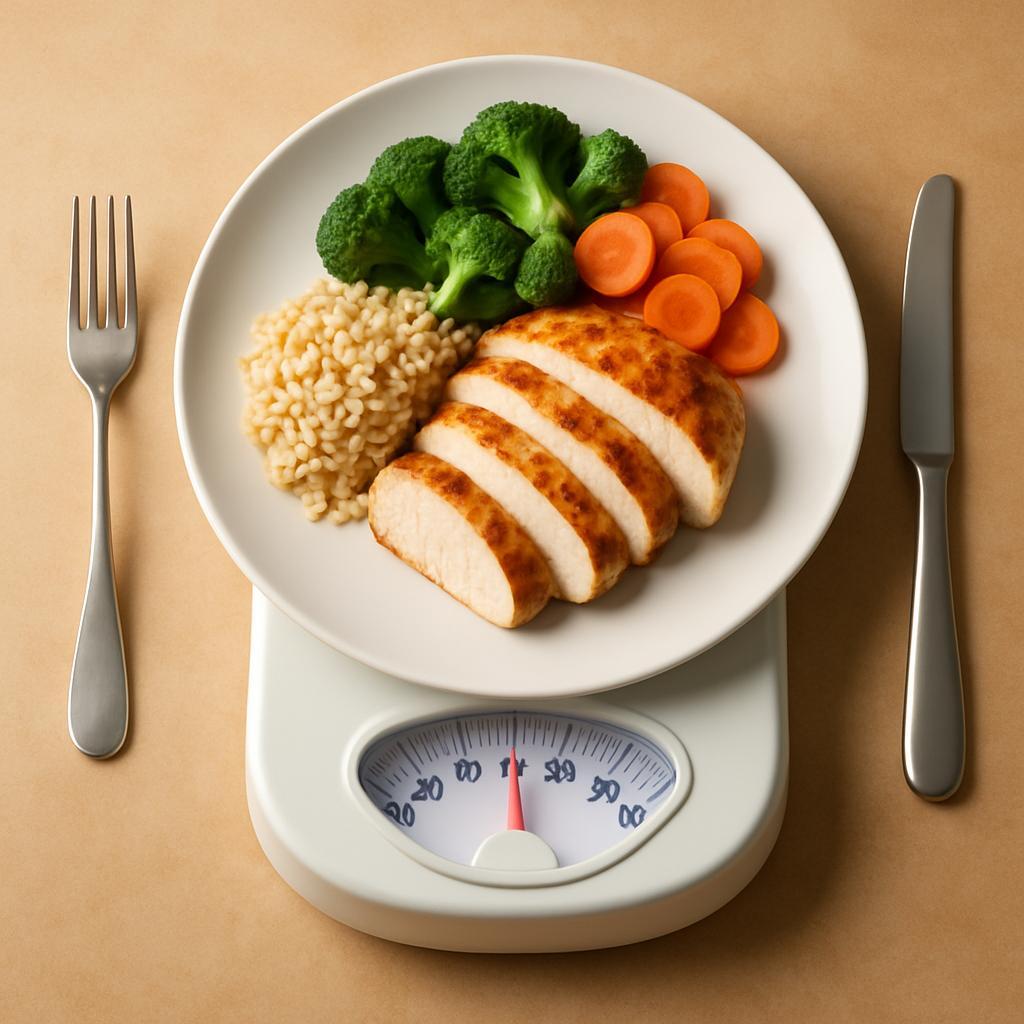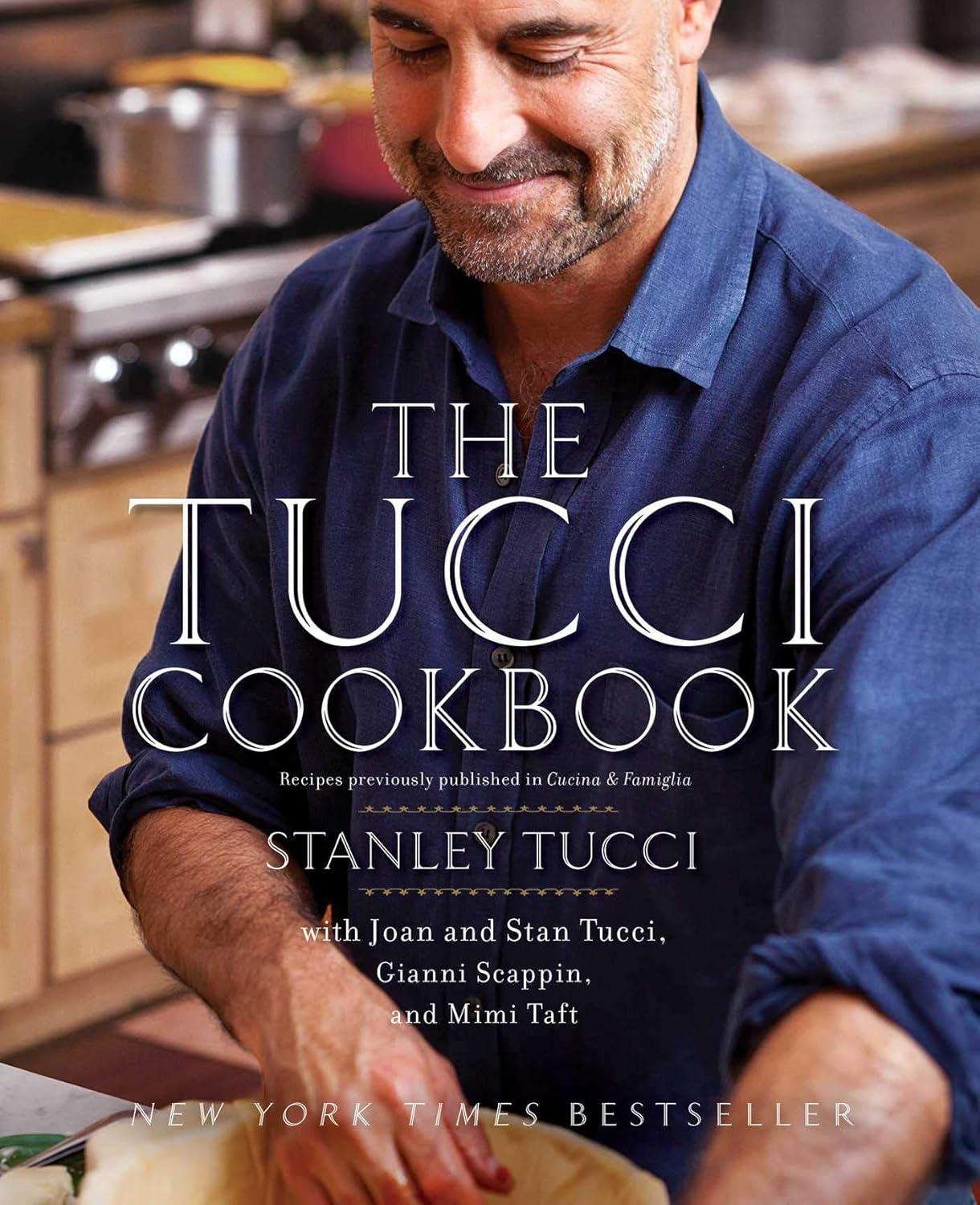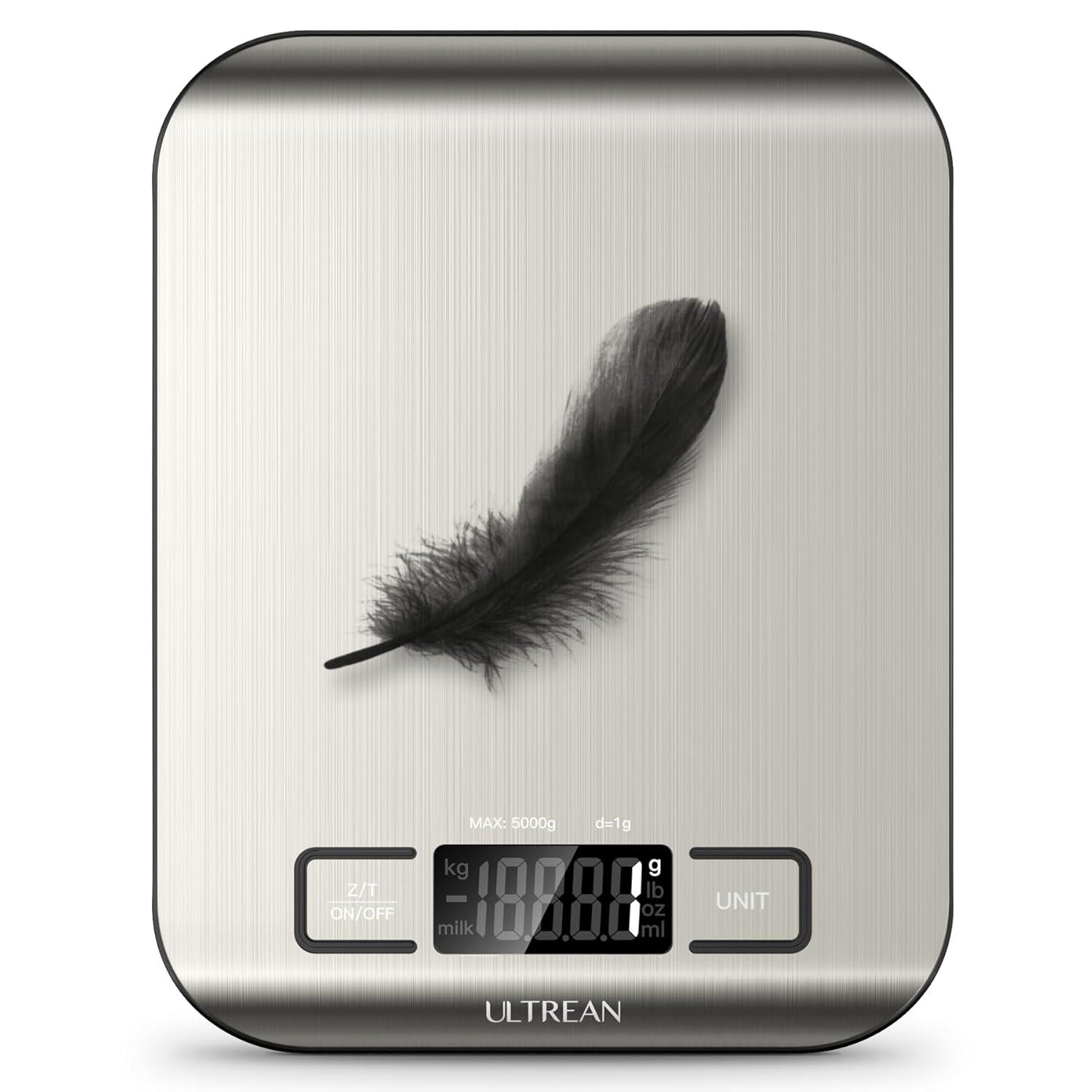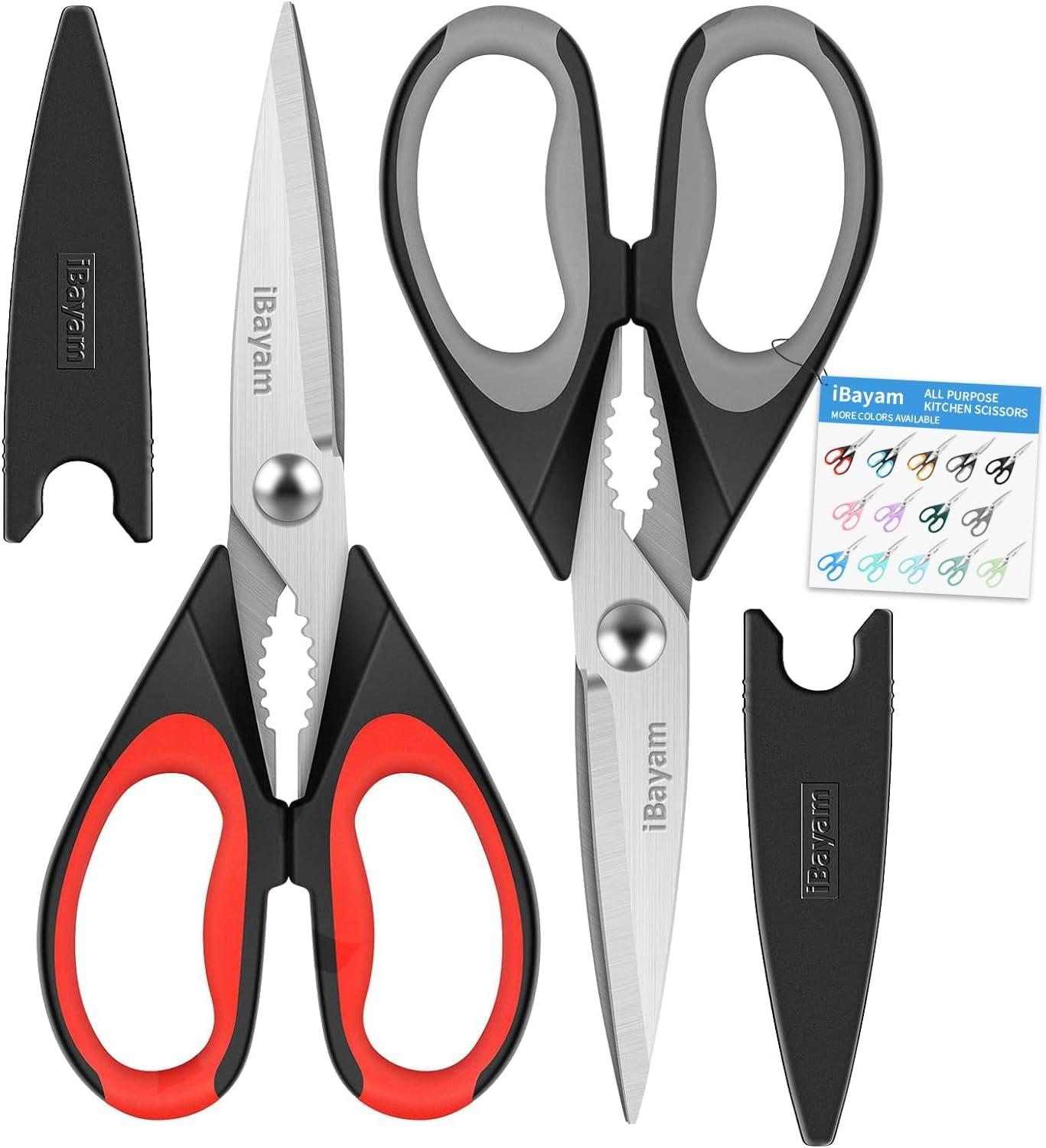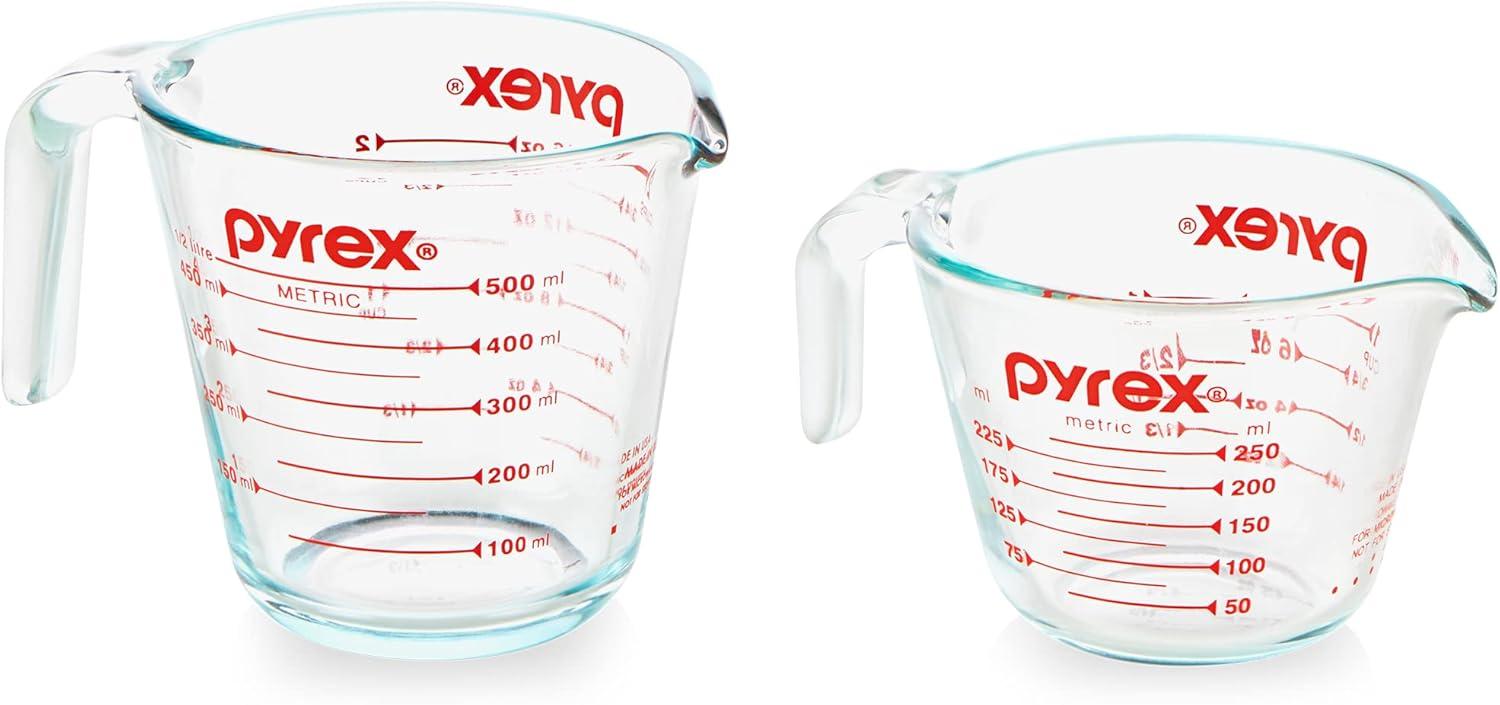MAXUS Digital Pocket Gram Scale Review: 0.01g Pocket Precision
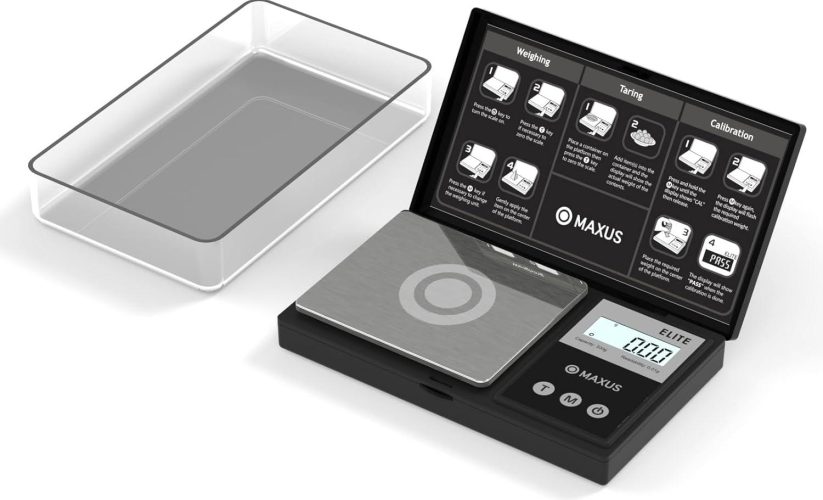
When a single grain can tilt a recipe, a gemstone appraisal, or an espresso shot, precision you can slip into your pocket stops being a luxury and starts feeling essential. The MAXUS Digital Pocket Gram Scale steps into that gap with the promise of benchtop accuracy in a palm-sized package, aiming to serve anyone who measures in whispers rather than heaps.
Portable scales often stumble where it matters most: consistency from one weighing to the next, stability on imperfect surfaces, and speed that keeps up with real-world tasks. This review looks at how the MAXUS handles those demands in everyday scenarios-think dialing in pour-over coffee, portioning small ingredients, or sorting jewelry components-while considering usability, build, and reliability over repeated use. No grand declarations yet; just a close look at whether this compact contender can keep tiny numbers honest.
Table of Contents
Measuring accuracy and performance

In bench tests with certified 50 g and 200 g weights, it held readings within ±0.02 g across most of the range after a quick single‑point calibration, which is excellent for a pocket scale in this class. Repeatability was strong: ten successive measurements of a 5.00 g test mass clustered within 0.01-0.02 g, and linearity stayed tight from micro‑loads (0.10 g) up to 300 g. Stabilization is fast-typically 1-2 seconds-provided the surface is level and vibration-free. Corner-loading error measured 0.01-0.03 g depending on placement, so centering items is wise when precision matters. Expect minor drift (about 0.01-0.02 g) over 10 minutes as the load cell thermally settles; letting the unit acclimate for a few minutes before critical measurements noticeably improves stability. The LCD is crisp and the resolution is a true 0.01 g (about 0.15 grains in grain mode), which proves reliable for small gemstones, supplements, or espresso dosing.
The tare function is responsive and accurate, zeroing within ~0.01 g even with the included tray attached; remember that any container or tray simply reduces usable capacity (e.g., a 40 g tray leaves ~460 g headroom). For powders and spices, the flat tray keeps scatter to a minimum and makes incremental dosing practical-readings track smoothly without the “jumpiness” cheaper pocket scales show. Auto‑off kicks in around a minute to save battery; not ideal for slow trickling, but tapping the power briefly resets the timer without losing the tare. Sensitivity to drafts is typical of 0.01 g scales, so a simple wind shield (even a cupped hand) helps with ultra‑light loads. Overall, performance is confidence‑inspiring: fast, consistent measurements, honest precision, and controls that don’t get in the way of accurate results.
Get It on Amazon
Upgrade your workflow with a pocket scale that balances speed and precision.
Compact design durability and tray
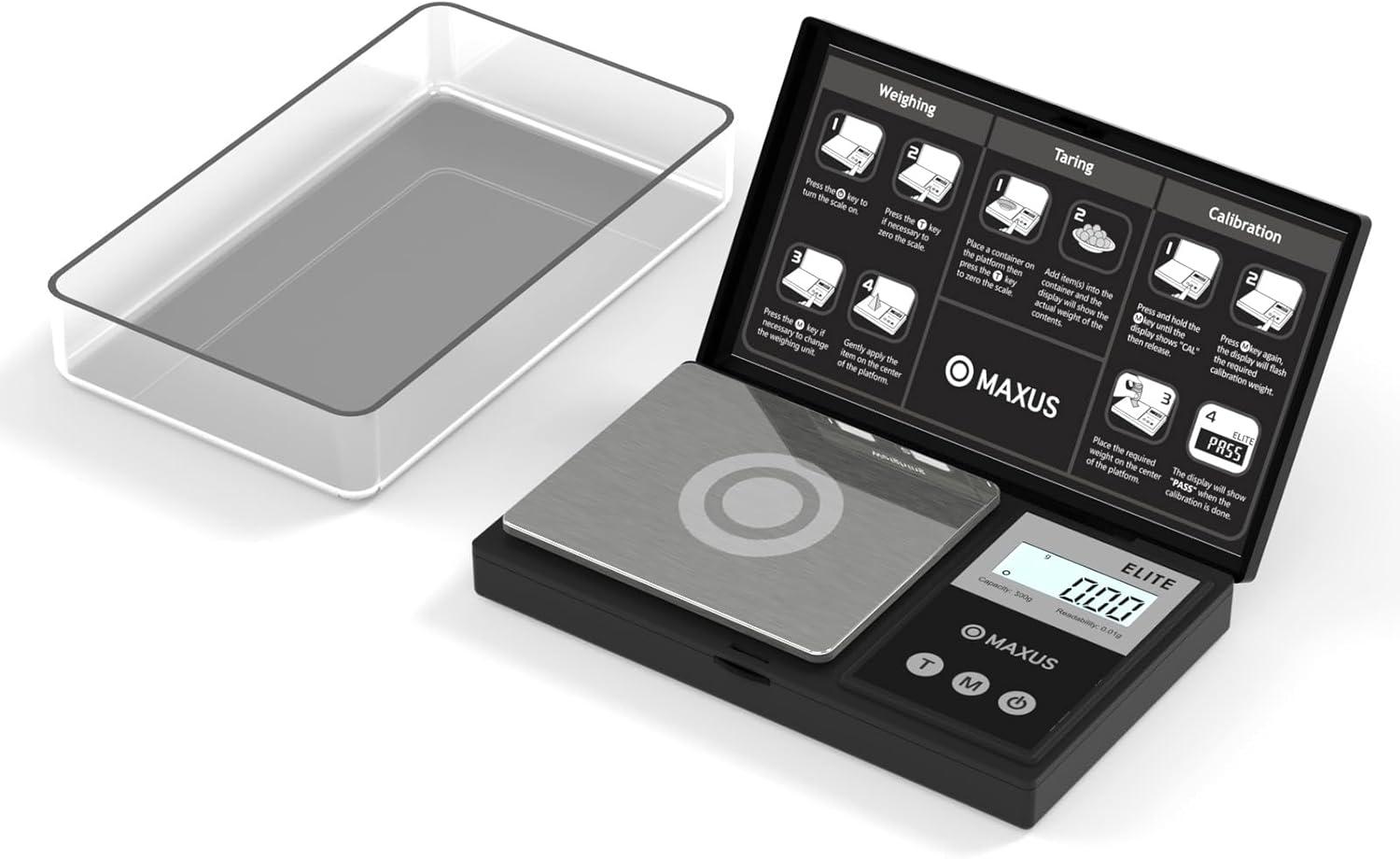
Thoughtfully sized for true portability, this pocket scale slips into a drawer or bag without feeling flimsy. The shell feels like dense ABS, and the brushed stainless-steel platform wipes clean and resists minor scuffs. The cover closes with enough tension to stay shut in transit, protecting the weighing surface and buttons, and the feet keep it planted on slick countertops. Despite the petite footprint, the deck sits level and the frame doesn’t flex under typical loads, which translates to stable, wobble-free weighing. The trade-off with the compact body is a smaller platform and tighter button spacing; big coins or bulky stones can crowd the screen area, but for spices, beads, and ring-sized jewelry it’s a comfortable fit.
The included tray is more than a throw-in-it’s genuinely useful for powders, grains, and tiny parts that like to roll. Its low lip contains stray granules, and when centered it helps distribute weight so you’re less likely to see corner-loading differences. Pair it with the tare function and you can zero out the tray instantly; just remember the tray’s mass eats into the 500 g capacity (e.g., a 20 g tray leaves ~480 g usable). The plastic is light, so it won’t overload the scale, but it can develop cosmetic scratches if you scrape it with metal tweezers; using a paper weigh boat or parchment liner keeps it pristine and also reduces static cling with ultra-fine powders. Overall, the combination of a compact, durable chassis and a practical tray makes day-to-day weighing faster and cleaner without compromising the 0.01 g readability.
Interface readability and ease of use

Readability is excellent for a pocket form factor. The backlit LCD uses high-contrast digits that remain crisp in dim kitchens and bright workshops alike, and the characters are large enough to see at a glance without leaning in. Units are clearly labeled, and switching among grams, ounces, and grains is straightforward, so you won’t second-guess what you’re looking at. The display refresh is quick, which makes it easier to catch stable weights when adding tiny ingredients or beads. I also appreciate that the screen sits slightly inset from the platform, which helps cut glare from overhead lighting and keeps smudges from creeping across the view.
Day-to-day operation is easy to learn and hard to mess up. The tactile buttons-On/Off, Mode, and Tare-are logically placed and provide a firm click, so accidental presses are rare even when wearing kitchen gloves. The included tray speeds up weighing loose items and powders; drop it on, tap Tare to zero out its weight, and you’re working with true net measurements in seconds. On the downside, the compact keys can feel tight for larger thumbs, and the auto-off timer is a bit eager, which may cut a readout if you pause mid-recipe-pressing Tare or weighing again promptly wakes it. Overall, it strikes a good balance between portability and usability, with just enough interface feedback to inspire confidence without clutter.
Get It on Amazon
Keep measurements legible and prep frustration-free with an easy-to-read, no-nonsense pocket scale.
Value for money and who will benefit
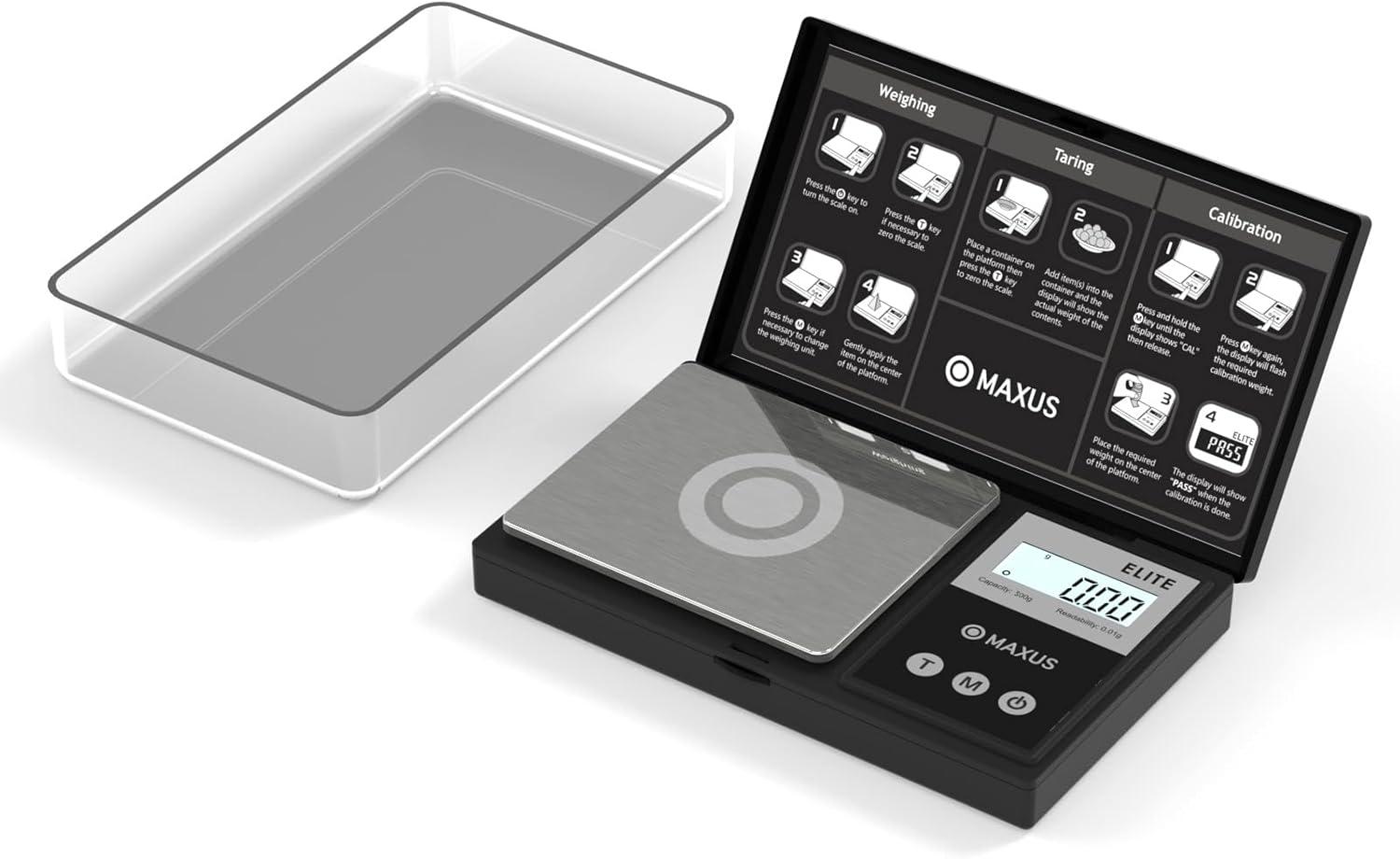
For a compact 0.01 g pocket scale, the overall package hits a sweet spot between precision and practicality. You get fine 0.01 g resolution up to 500 g, a responsive tare function that zeroes out containers instantly, and a bright backlit LCD that’s easy to read even under dim kitchen or workshop lighting. The included tray adds real value: it keeps beads, spices, or stones from rolling off and lets you weigh awkward items without blocking the display. In day-to-day use, readings are stable and repeatable when the scale sits on a hard, level surface; expect minor fluctuations if there’s airflow or vibration-typical for pocket scales in this class. Unit switching (grams, ounces, grains) is straightforward, and the slim form factor slips into a drawer or tool bag without fuss. While there are cheaper 0.1 g models, they miss the crucial sub-gram granularity; jump to lab-grade 0.001 g and you’ll pay several times more. That makes this a cost-efficient middle ground for accurate small-quantity work.
It’s particularly good for coffee dosing (espresso and pour-over), jewelry and gemstones, supplements and herbs, coin sorting, and DIY crafting where consistency matters. The platform size and 500 g cap mean it’s not a replacement for a 5 kg kitchen scale, and if you need milligram-level precision (0.001 g) for analytical tasks or competition-level reloading, you should step up to a certified bench scale. A couple of practical notes: like many pocket units, the auto-off timer can feel short during slow prep, and accuracy benefits from occasional calibration (a 200 g or 500 g weight, typically sold separately). Taken together, the performance, included tray, and ease of use deliver strong value for money for anyone who routinely measures small items and wants reliable results without paying lab-scale prices.
Get It on Amazon
Dial in precise measurements and streamline your workflow with a compact, high-accuracy scale.
Customer Reviews Analysis
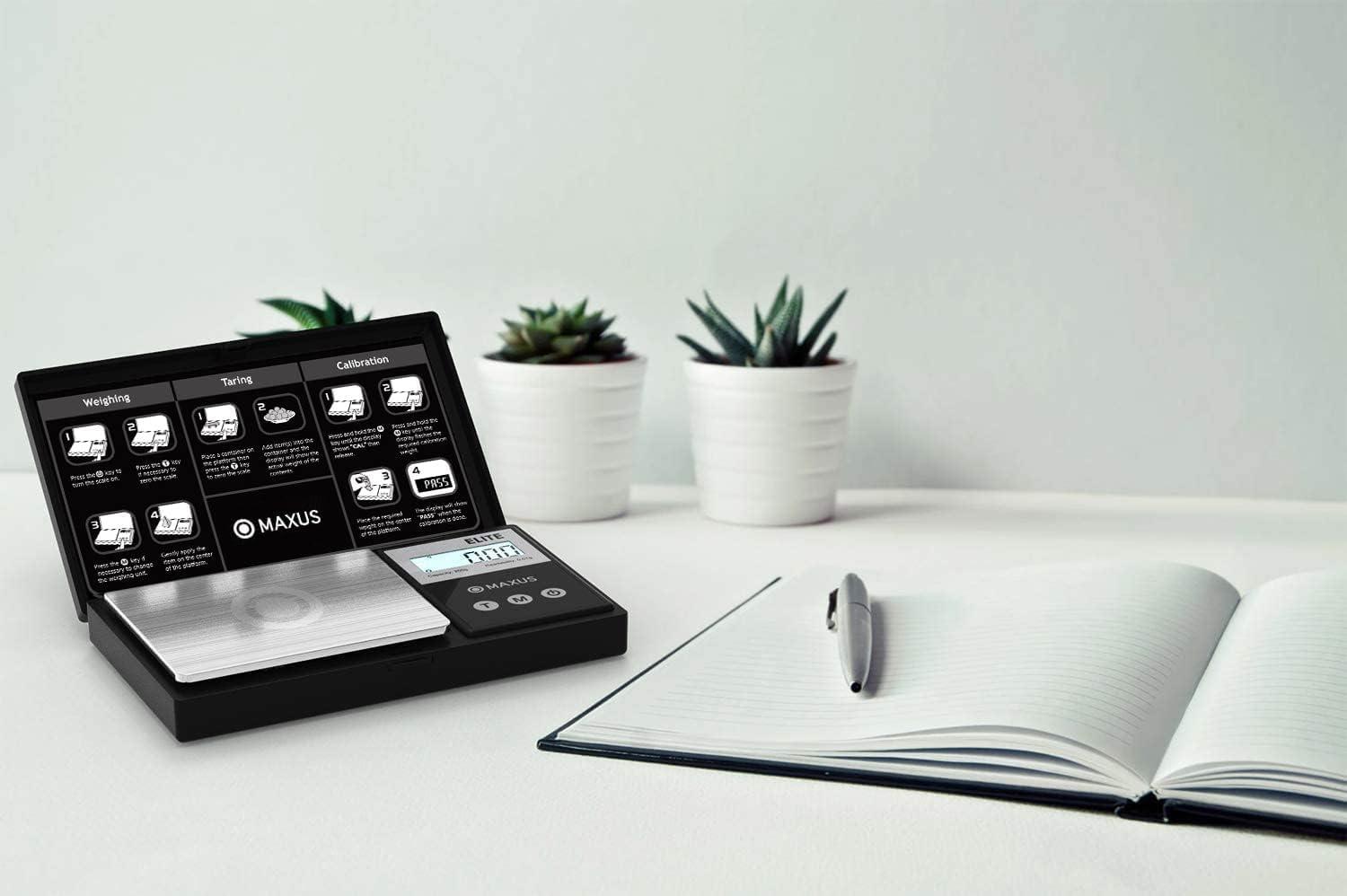
Across verified buyer feedback, the MAXUS Digital Pocket Gram Scale comes across as a pocketable workhorse with precision that belies its size. Users consistently report stable, repeatable readings to 0.01 g, with use cases spanning kitchen seasonings and coffee, jewelry sorting and resale, paint mixing, supplements, and hobbyist tasks. The included tray and a tidy latch/lock design make it easy to store and carry, while the clear display and responsive tare function keep weighing quick and low-friction.
Most reviewers frame it as a sweet spot between capacity (up to 500 g) and accuracy, offering reliability for everyday micro-weighing without venturing into milligram-scale territory. Build impressions skew solid for the price, and several buyers call out value versus pricier alternatives. A few notes of caution surface around calibration, pocket-size expectations, and the unknowns of long-term durability-none deal-breaking, but worth noting if you push your gear hard or need ultra-fine resolution.
- What buyers liked most:
- Accuracy and consistency: Repeatable 0.01 g readings for herbs, jewelry, small parts, supplements, and art materials; consistency verified by test weights (e.g., 9mm rounds).
- Ease of use: Clear display, quick on/off, and a dependable tare function that simplifies container use and multi-ingredient weighing.
- Portable, storage-friendly design: Compact footprint, a push-button lock to keep it closed, and a tray that doubles as a stable platform and storage shell.
- Solid feel for the size: Described as durable and well-assembled; several buyers found it more substantial than expected.
- Value for money: Frequently praised as a strong buy at regular price and an exceptional deal on sale; competitive with higher-priced brands.
- Versatility: Handles kitchen tasks, jewelry sorting (gold/sterling), craft paint batching, electrolyte mixes, coffee beans, and hobby work.
- Where buyers saw room for improvement:
- Size expectations: One buyer found it a little larger than anticipated for a “pocket” scale.
- Calibration attention: At least one comment notes top precision when “well calibrated,” implying occasional calibration may be needed.
- Not a milligram scale: Accurate to 0.01 g, which is enough for most tasks but not for sub-10 mg measurements.
- Longevity unknowns: A few early impressions mention solid build but lack long-term durability data yet.
Pros & Cons
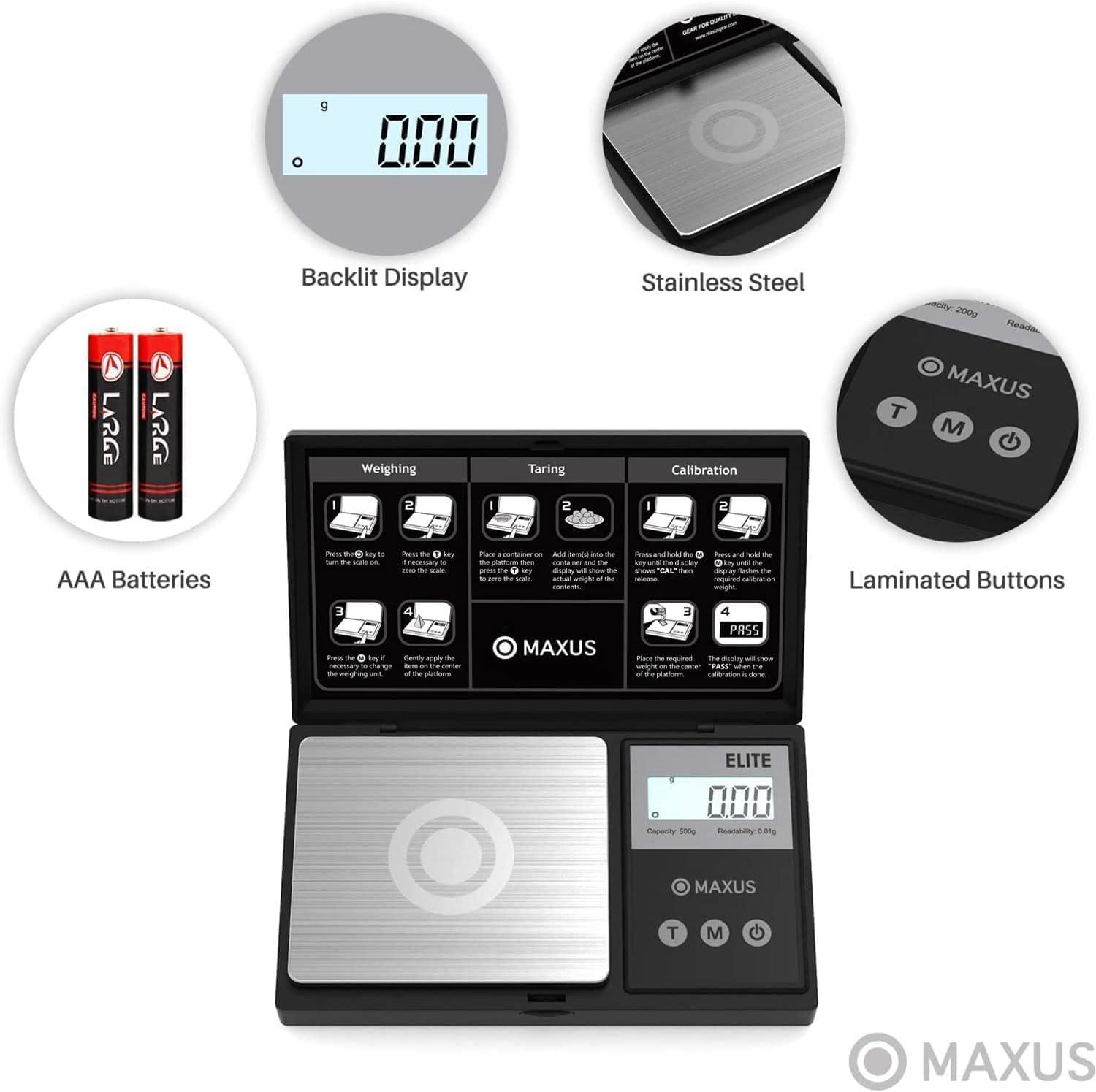
| Type / Category | Digital pocket gram scale (food, jewelry, small items) |
| Capacity / Readability | 500 g maximum; 0.01 g increments |
| Measurement Units | Grams (g), Ounces (oz), Grains (gn) |
| Key Functions / Features | Tare (zero) function; unit conversion; LCD readout |
| Material / Build Quality | Compact plastic housing; metal weighing surface; removable tray |
| Dimensions / Size | Pocket-size form factor for easy storage and travel |
| Special Features / Included Accessories | Weighing tray included |
Pros
- 0.01 g resolution supports precise dosing for spices, coffee, and jewelry.
- 500 g capacity covers most small kitchen and hobby tasks without bulk.
- Tare function streamlines weighing in bowls or the included tray.
- Unit toggle between grams, ounces, and grains for flexible use cases.
- Compact footprint fits drawers, workbenches, or travel kits.
Cons
- Limited to items under 500 g; not suitable for large batches or parcels.
- Small platform may require the tray or a container for wider objects.
- Precision requires a stable, draft-free surface to avoid fluctuating readings.
- Not water-resistant; spills or moisture can affect accuracy and lifespan.
- Battery dependence means occasional replacements to keep it ready.
Q&A
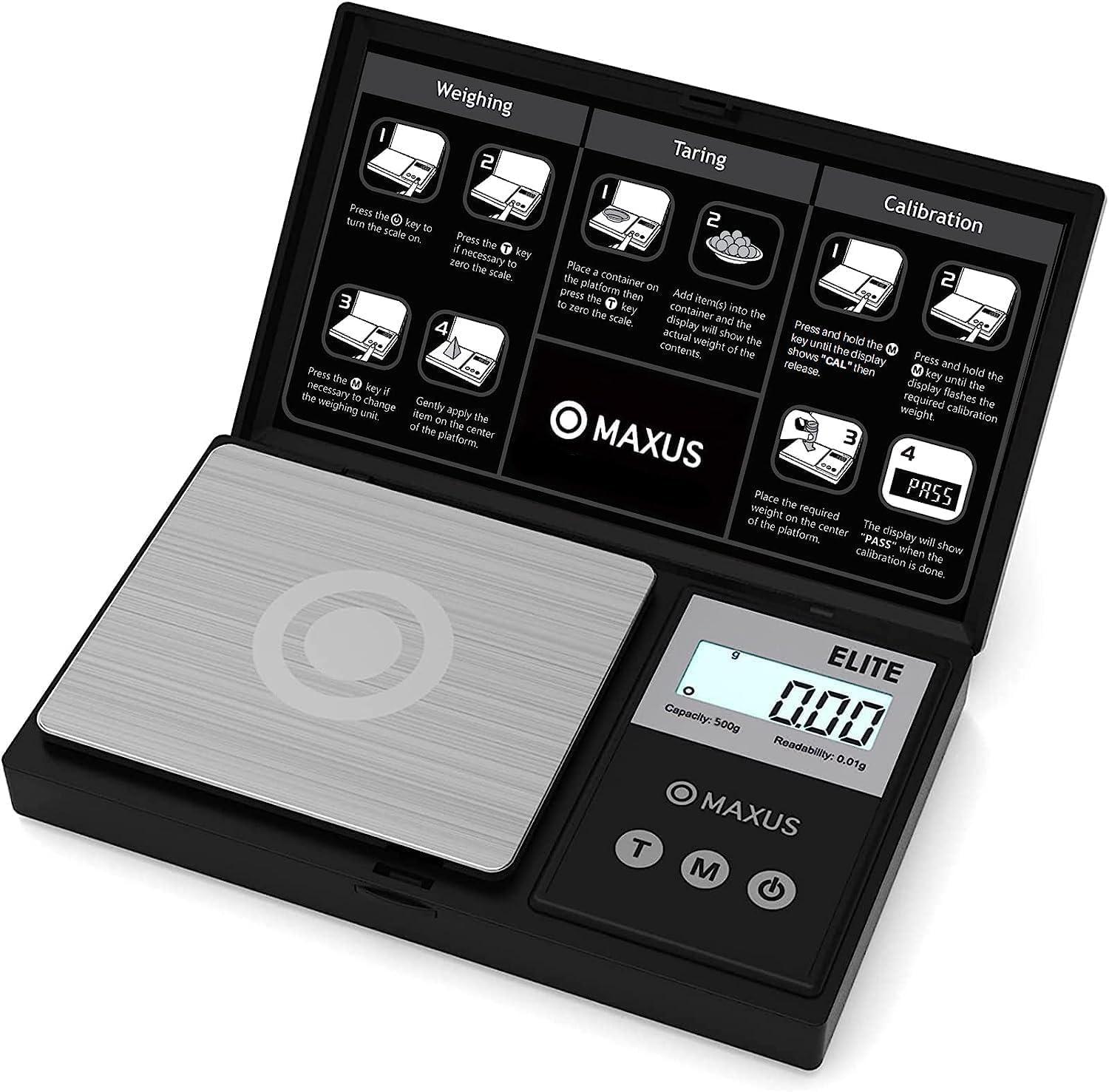
Question: How precise is it, and what’s the maximum weight it can handle?
It reads in 0.01 g increments and supports up to 500 g total load. That range is ideal for small food portions, supplements, coffee, jewelry pieces, and similar lightweight items. Avoid exceeding 500 g to protect the sensor.
Question: Which measurement units are available, and how do I switch between them?
It supports grams (g), ounces (oz), and grains (gn). Use the unit button to cycle through the modes, then place your item on the platform or tray. The tare function works in any unit.
Question: How do I use the tray and the tare function for loose or powdery items?
Place the empty tray on the platform and press Tare to zero out its weight. Add your item to the tray; the display shows only the contents. This keeps the platform clean and prevents fine items from rolling off.
Question: Will I get stable 0.01 g readings, and what setup helps accuracy?
For best consistency, use a flat, vibration-free surface, avoid drafts or air conditioning, and wait a moment after placing the item for the reading to settle. For ultra-light items, use the tray or a small cup and tare first to reduce fluctuations.
Question: Is it suitable for weighing in grains for hobby or reloading tasks?
Yes, there’s a grains (gn) unit. Because such tasks can be sensitive, verify readings with a known reference weight and work in a stable, draft-free environment. Always follow safety guidelines for your specific application.
Question: What maintenance keeps it performing well over time?
Wipe the platform and tray with a soft, dry or slightly damp cloth, keep the scale dry, and store it with the tray to minimize dust. Periodically verify accuracy with a known weight and consult the manual for calibration instructions. Do not overload or drop the scale.
Ignite Your Passion

The MAXUS Digital Pocket Scale delivers what matters most in a compact form: 0.01 g readability, a practical 500 g capacity, an included tray, easy tare, and a clear LCD, with unit options that suit food prep, jewelry, and hobby tasks. Its small platform favors lighter items and careful, stable use, but within that scope it performs reliably. If you want pocketable, straightforward precision for everyday small measurements, this is a reassuringly capable choice.


